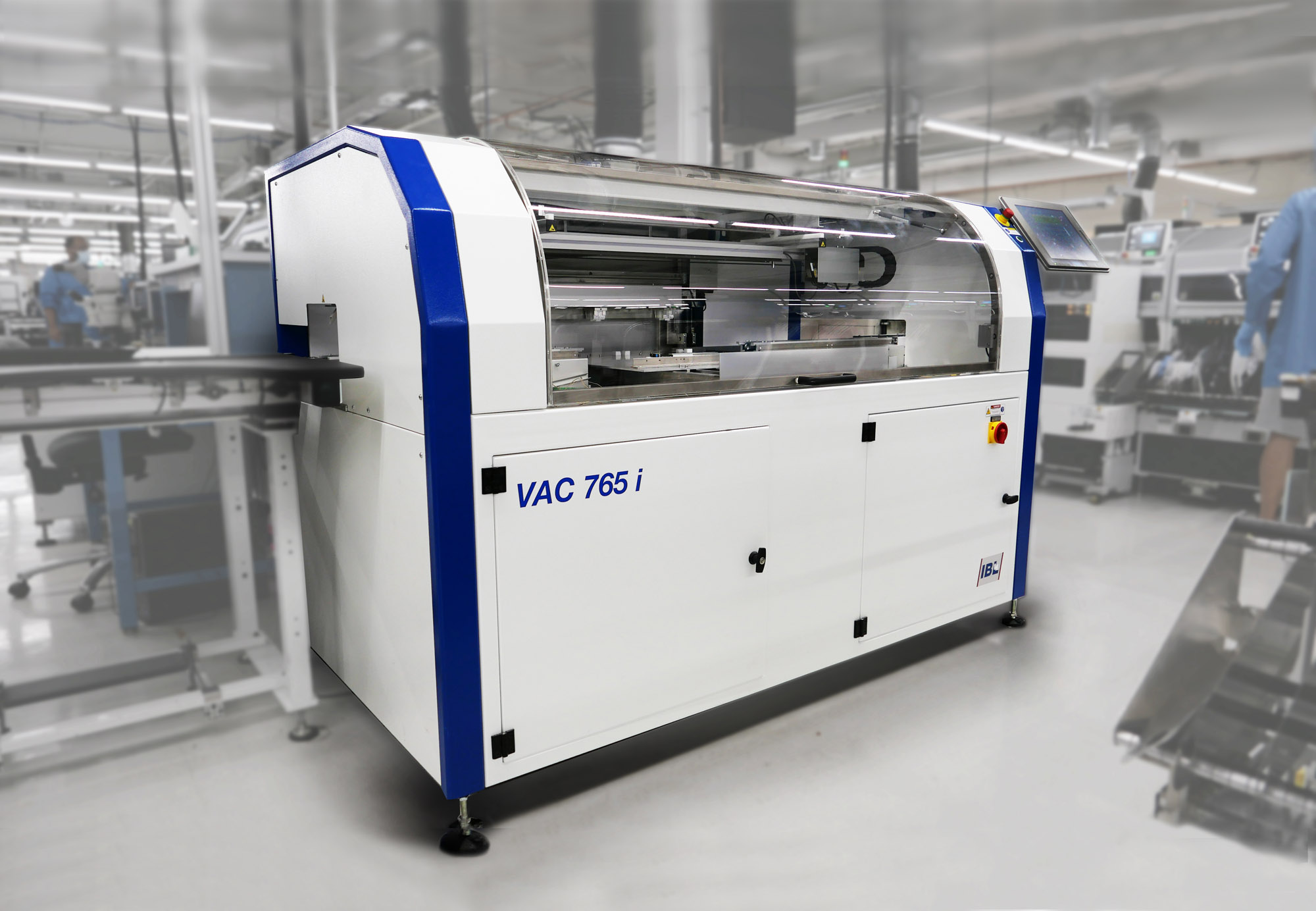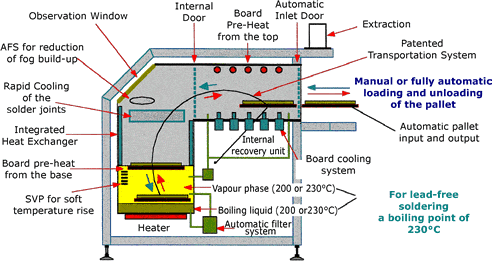
Modern innovations in the vapor phase reflow process have resulted in the adoption of perfluoropolyethers (PFPEs), which have a reduced environmental impact. 1 Speculation over its negative environmental impact, however, led to the abandonment of vapor phase technologies in mainstream electronics manufacturing. This less-than-ideal environment, and the subsequent development of HiP defects, has plagued the industry for years.īefore the late 1980s, the preferred reflow method was VPS because of its enhanced heat transfer capabilities. The defects tend to form during the reflow process, and a few factors that often contribute to their formation include exceeding a component’s thermal limitations, the unequal distribution of heat during reflow, and exposing a component to an oxygenated environment. Although HiP defects can result in immediate intermittent failure of a PCBA, the more common outcome is a failure in the field due to moderate or thermal stress. These defects have become increasingly common with the adoption of lead-free alloys in BGA-style components. One common fault that threatens a system’s integrity is the head-in-pillow defect. The sensitive digital cortex has a low tolerance for faults, and a PCBA without its brain is little more than some copper and silicon. They permit the microprocessor – the brain – to interface with all other components on the PCBA. These findings offer preliminary support for the benefits offered when reflowing PCBAs using VPS.īGA/LGA hybrid connectors function much like the human body’s nervous system.

The data showed a noticeable improvement in solder quality, as well as increased coplanarity after vapor phase rework. Collecting images and data from a reflowed BGA/LGA hybrid connector in a convection oven, then using vapor phase soldering (VPS) for rework, we investigated whether vapor phase reflow addresses this defect. Vapor phase soldering introduces an oxygen-free environment and a unique heating process that could address the cause of HiP defects.


These factors include reflow in an oxygen-filled environment, exposure to temperatures surpassing a component’s thermal limit, and uneven thermal distribution across the PCB.Įxploration of innovative reflow processes has led to the renewed adoption of vapor phase soldering within electronics manufacturing. HiP defects are compromised solder joints often attributed to undesired environmental factors during the reflow process. These defects can result in costly repairs and reduce a component’s lifespan. Head-in-pillow (HiP) defects are one of the most common issues that affect printed circuit boards containing ball grid array/land grid array (BGA/LGA) packages.


 0 kommentar(er)
0 kommentar(er)
